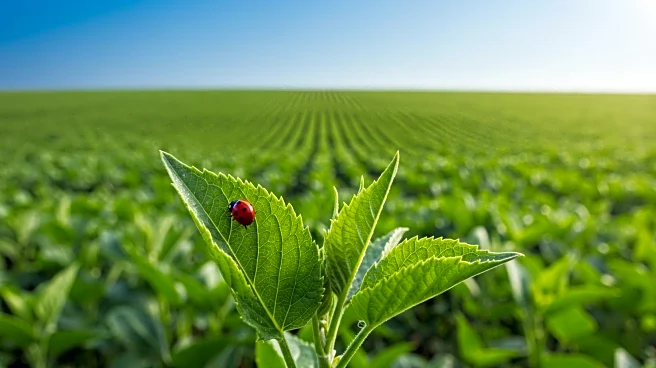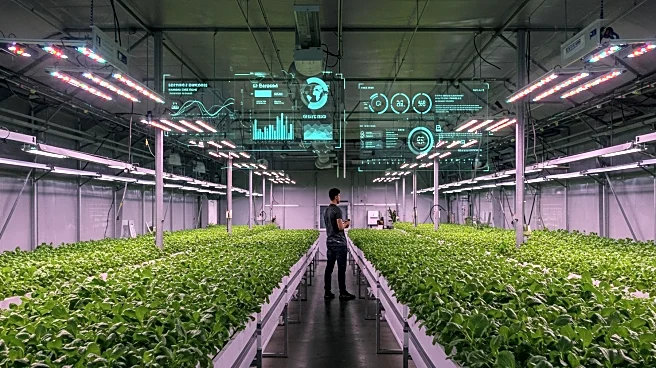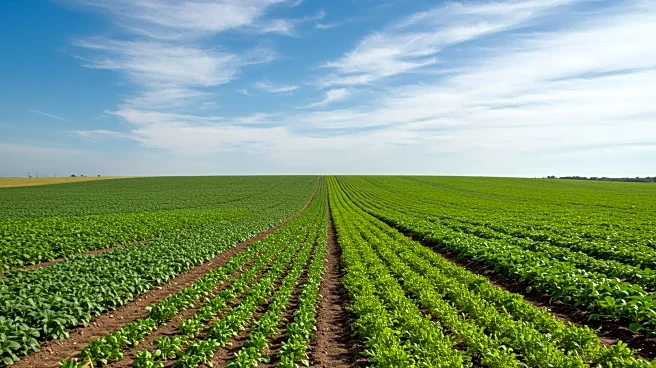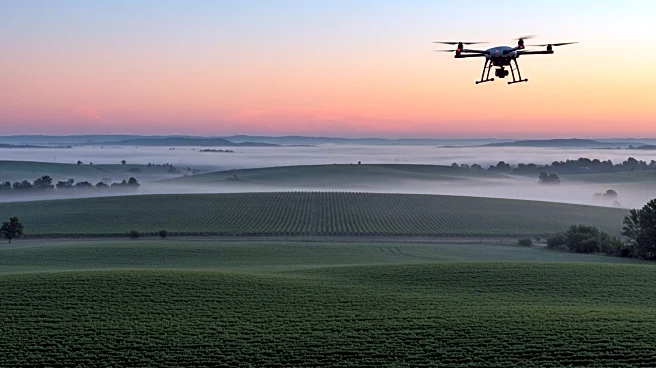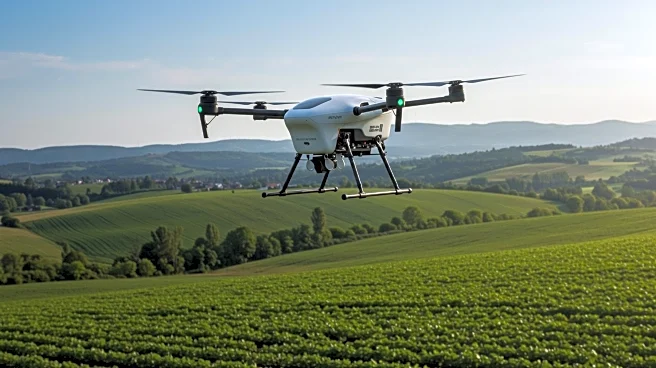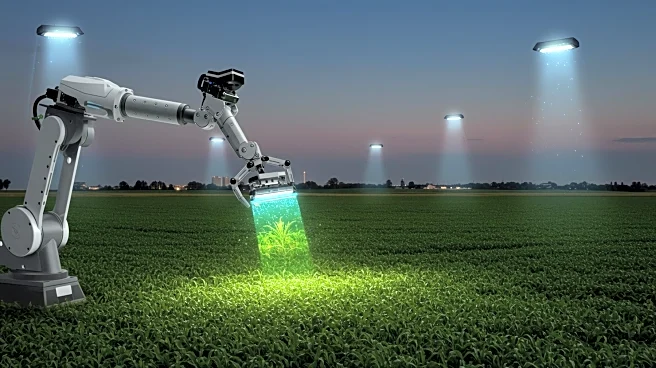Rapid Read • 8 min read
As the United States progresses into 2025, sustainable agriculture is a key focus for policymakers, researchers, and farmers. The sector is undergoing a transformative shift to address environmental challenges such as climate change, soil degradation, water scarcity, and biodiversity loss. Sustainable agriculture in the U.S. aims to meet current and future food and textile needs while preserving natural resources like soil, water, and biodiversity. Key practices include cover cropping, conservation tillage, crop rotation, integrated pest management, precision farming, and smart water management. These practices are increasingly adopted to enhance soil health, reduce environmental impact, and ensure economic viability and social equity.
AD
The adoption of sustainable agriculture practices is crucial for addressing pressing environmental challenges and ensuring the resilience of U.S. farming operations. By focusing on soil health, water conservation, and biodiversity, these practices help mitigate the impacts of climate change and resource scarcity. The shift towards sustainable agriculture also supports economic viability by reducing reliance on chemical inputs and optimizing resource use. As consumer demand for sustainably sourced food grows, these practices are likely to shape production standards and create new market opportunities. The integration of technology, such as satellite monitoring and AI analytics, further enhances the efficiency and productivity of sustainable farming systems.
The future of U.S. sustainable agriculture will be shaped by stronger policy frameworks, technological integration, and consumer-driven change. Legislative and funding support will be critical to drive the adoption of regenerative systems amidst climate variability. Regenerative methods, such as reduced tillage and cover cropping, will be incentivized to meet net-zero targets and bolster food security. Technology, including satellite imaging and blockchain traceability, will expand accessibility and productivity for farms of all sizes. Collaborative knowledge sharing among communities, academic institutions, and technology providers will continue to drive awareness and capacity building for best-practice adoption.
The shift towards sustainable agriculture in the U.S. has deeper implications for environmental stewardship and economic resilience. By prioritizing practices that enhance soil health and biodiversity, the sector contributes to long-term ecological balance and climate adaptation. The integration of technology not only optimizes resource use but also democratizes access to advanced farming solutions, leveling the playing field for small and medium-sized operations. As sustainable practices become mainstream, they are likely to influence global agricultural standards and promote a more equitable food system.
AD
More Stories You Might Enjoy


